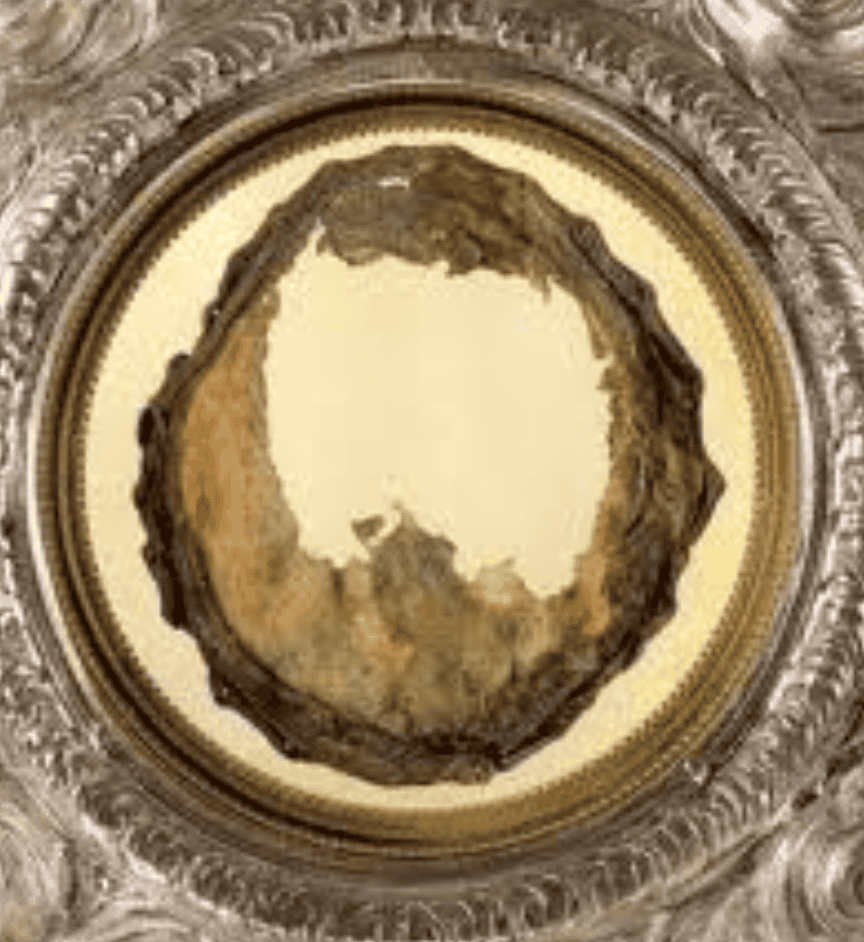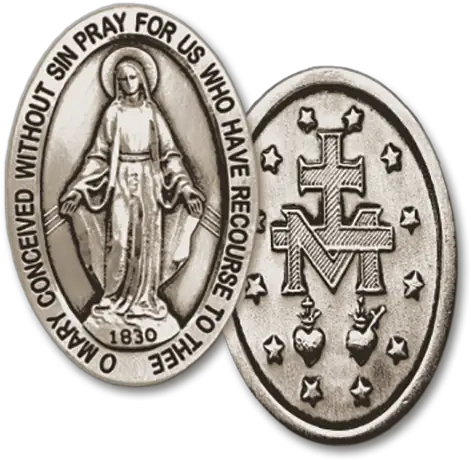What Science reveals about Eucharistic Miracles?
Eucharistic miracles have puzzled scientists and religious scholars alike for centuries, presenting unique cases where sacred objects reportedly transform into human tissue. These extraordinary claims, once relegated to the realm of pure faith, now face scrutiny through modern scientific methods including DNA analysis.
Scientific investigation of these phenomena has developed significantly over the past decades. In fact, advanced laboratory techniques now allow researchers to examine reported miraculous substances with unprecedented precision, analyzing blood types, tissue composition, and genetic markers. However, the intersection of faith and science in these studies raises complex questions about methodology, interpretation, and the limits of scientific testing.

This article examines the scientific evidence behind eucharistic miracles, exploring how DNA testing and other modern analytical methods contribute to our understanding of these remarkable events. We’ll investigate notable cases from Lanciano, Santarém, and other locations, while discussing the capabilities and limitations of current scientific analysis methods.
Historical Cases vs Modern Scientific Analysis
The scientific investigation of eucharistic miracles represents a fascinating journey from rudimentary testing methods to sophisticated molecular analysis. The earliest documented scientific examination dates back to the 1970s with the Lanciano miracle investigation.
Early testing methodologies
The foundation of early analyzes relied primarily on conventional genetic marker typing methods. Scientists employed basic techniques such as ABO blood typing and iso-enzyme typing to compare biological evidence with reference samples. Formerly, the Restriction Fragment Length Polymorphism (RFLP) method served as the primary analytical tool, specifically requiring substantial DNA quantities ranging from 10-25 ng for successful analysis.
Advancement in analytical techniques
The field underwent a remarkable transformation with the introduction of new technologies. Accordingly, the progression moved from gel electrophoresis to capillary electrophoresis, eventually leading to Next Generation Sequencing (NGS). Additionally, several specialized techniques emerged:
- Short Tandem Repeat (STR) fragment analysis
- Sanger sequencing
- SNap Shot analysis
- Capillary electrophoresis-single strand conformation polymorphism
Comparison of historical and contemporary findings
Overall, modern investigations have yielded intriguing consistencies across different cases. Generally, scientific examinations of reported eucharistic miracles have revealed some notable patterns:
| Historical Analysis | Modern Analysis |
|---|---|
| Basic blood typing | Advanced DNA sequencing |
| Limited tissue identification | Detailed histological analysis |
| Minimal preservation study | Comprehensive degradation assessment |
The most striking aspect of contemporary analyzes involves the consistent identification of heart tissue in multiple cases. Specifically, studies have shown that samples often contain myocardium tissue from the left ventricle.
The presence of white blood cells in these samples has proven particularly noteworthy, as these cells typically survive only briefly outside the human body.
A remarkable finding across multiple investigations has been the identification of AB blood type in tested samples.
This consistency has generated considerable interest among researchers, although the inability to obtain complete DNA profiles from some samples remains a scientific puzzle.
What are the scientific findings in the Eucharistic Miracles?
Laboratory analysis of eucharistic miracles has yielded remarkable consistencies across multiple cases, providing scientists with intriguing data for examination. Recent studies have revealed patterns that warrant careful scientific consideration.
A) Blood type analysis results
Scientific investigations have consistently identified type AB blood in examined samples, a notably rare blood group present in less than 1% of the global population.
Certainly, this finding gains additional significance when considering that identical blood typing has been documented across multiple independent cases.
The blood samples exhibited these key characteristics:
- Active human hemoglobin presence
- Complete blood cell components
- Immunological markers consistent with human origin
B) Tissue composition studies
Microscopic examination of tissue samples has yielded compelling results. The analyzed specimens revealed cardiac muscle tissue, rather specifically from the left ventricle region.
Undeniably, one of the most puzzling aspects involves the presence of living tissue characteristics, as evidenced by:
| Tissue Component | Scientific Observation |
|---|---|
| White blood cells | Active cellular processes |
| Red blood cells | Fresh blood indicators |
| Macrophages | Ongoing cellular activity |
Notably, the tissue samples showed signs of trauma and exhibited cardiac spasms typical of final death phases. The integration between host material and tissue fibers appeared seamlessly interconnected at microscopic levels.
C) DNA sequencing challenges
Presently, DNA analysis of these samples presents unique scientific puzzles. Despite the presence of fresh tissue and blood components, researchers have encountered unexpected difficulties in obtaining complete DNA profiles.
The samples contain verifiable human DNA, nonetheless, they demonstrate unusual characteristics that complicate standard analytical procedures.
The scientific community has documented several peculiarities in DNA analysis:
- DNA remnants detected but insufficient for amplification
- Presence of active cellular components alongside unreadable DNA sequences
- Rapid sample collection failing to yield complete genetic profiles
These findings present an interesting scientific paradox – while the tissue appears fresh enough for cellular activity, standard DNA profiling methods face unprecedented challenges.
The samples demonstrate characteristics of living tissue, as confirmed by multiple independent laboratories, yet resist complete genetic sequencing.
What are the Authentication Protocols and Standards?
The verification of eucharistic miracles follows a rigorous protocol established by the Catholic Church, combining traditional ecclesiastical procedures with modern scientific standards. The process begins at the local level and may extend to Vatican oversight, depending on the case’s significance.
A) Church verification process
The authentication journey starts with the local bishop, who holds primary authority to investigate reported miracles.
First, the bishop appoints a specialized team consisting of priests, theologians, canon lawyers, and scientific experts to conduct a thorough examination. The investigation typically unfolds over an extended period to rule out natural explanations.
The verification process includes these essential steps:
- Initial documentation of the reported event
- Appointment of investigative team
- Collection of witness testimonies
- Preliminary scientific analysis
- Theological assessment
B) Scientific documentation requirements
The scientific investigation demands meticulous documentation and adherence to strict protocols. Primarily, researchers must maintain an unbroken chain of custody for all samples. The documentation requirements encompass:
- Detailed photographic evidence at each examination stage
- Written records of all testing procedures
- Certification that no preservatives were added to samples
- Complete laboratory reports from multiple testing facilities
A standardized scientific protocol requires the involvement of various specialists, notably electron screening experts, histologists, pathologists, and DNA analysts.
The scientific panel must unanimously agree that the findings are inexplicable through natural causes.
C) Peer review considerations
The peer review process involves multiple layers of scrutiny. A qualified team of seven specialists examines all evidence independently before collaborating on their findings.
The review process follows this structure:
| Review Stage | Requirements |
|---|---|
| Individual Assessment | Each expert drafts independent diagnosis |
| Group Evaluation | Minimum five of seven experts must agree |
| Theological Review | Commission ensures alignment with doctrine |
The final determination requires a qualified majority vote among experts. Essentially, the process demands thorough documentation, with all procedures recorded in official minutes and preserved in diocesan archives.
The scientific community has noted the need for standardized protocols across different regions. Therefore, some scientists recommend implementing minimum procedures, including DNA swab samples from handlers and meticulously documented chains of custody.
Finally, experts suggest that results should undergo broader peer review through journal publication, following standard scientific practices.
What are some Common Misconceptions?
Scientific investigation of eucharistic miracles often encounters various misconceptions that can cloud understanding of both the phenomena and testing capabilities. Important to realize, these misunderstandings stem from both oversimplified interpretations and unrealistic expectations of scientific methods.
A) Popular misunderstandings about DNA testing
One prevalent misconception involves DNA testing’s capabilities. In essence, no DNA test can definitively prove a sample belongs to a specific historical figure without a verified reference sample for comparison.
Coupled with this, many assume that any blood sample can yield DNA results, yet the reality presents more complex challenges.
The issue of contamination poses another significant challenge. Ancient materials require careful handling, as any contact can introduce modern DNA traces. Consider this comparison of testing realities:
| Common Belief | Scientific Reality |
|---|---|
| DNA can identify specific individuals | Requires verified reference samples |
| All blood yields testable DNA | Sample quality affects testing success |
| Contamination is easily avoided | Multiple handlers impact results |
| Results are always conclusive | Many factors affect interpretation |
B) Limitations of scientific analysis
Scientific methodology faces inherent boundaries in analyzing these phenomena. The most notable limitations include:
- Inability to obtain complete DNA profiles from some samples
- Challenges in differentiating ancient DNA from modern contamination
- Difficulties in analyzing degraded genetic material
- Complex interpretation of mixed DNA profiles
In truth, science operates within specific parameters. Analogous to railway locomotives, which excel at their designed purpose but cannot fly, science excels within its domain but cannot address all questions.
C) Separating fact from speculation
The distinction between verified scientific findings and speculation remains crucial. For instance, while some samples contain verifiable human DNA, the inability to obtain complete genetic profiles presents a scientific puzzle.
Outside academic circles, archeologists and geneticists battle misconceptions about DNA’s capabilities. In reality, commercial ancestry tests have contributed to misunderstandings about what genetic testing can reveal.
The myth that DNA can definitively determine cultural or ethnic identity persists, despite geneticists dismantling such notions.
A critical examination of reported findings shows:
- Very low DNA concentrations often indicate handling contamination
- Non-human DNA presence typically relates to bacterial or fungal sources
- Basic scientific tests can distinguish between genuine blood and bacterial growth
The scientific community emphasizes the importance of measured interpretation. Essentially, while DNA analysis serves as a valuable tool, it should complement rather than replace other forms of investigation. This balanced approach helps maintain scientific integrity while acknowledging the limitations of current testing methods.
Conclusion
Scientific investigation of eucharistic miracles represents a complex intersection between faith and modern analytical capabilities. DNA testing has certainly advanced our understanding of these phenomena, though significant questions remain unanswered. The consistent identification of AB blood type and cardiac tissue across multiple cases presents an intriguing scientific puzzle, especially considering the preservation state of these samples.
Laboratory analyzes have repeatedly confirmed human tissue presence while simultaneously encountering unprecedented challenges with DNA profiling. These paradoxical findings highlight both the capabilities and limitations of current scientific methods. The rigorous authentication protocols, combining ecclesiastical oversight with scientific scrutiny, ensure thorough documentation and verification of reported cases.
The scientific community acknowledges that while DNA analysis serves as a valuable investigative tool, it cannot address all questions surrounding these phenomena. Rather than viewing this as a limitation, scientists emphasize the importance of maintaining measured interpretation and recognizing the boundaries of current testing capabilities. This balanced approach allows for continued scientific investigation while respecting the mysterious nature of these events.





